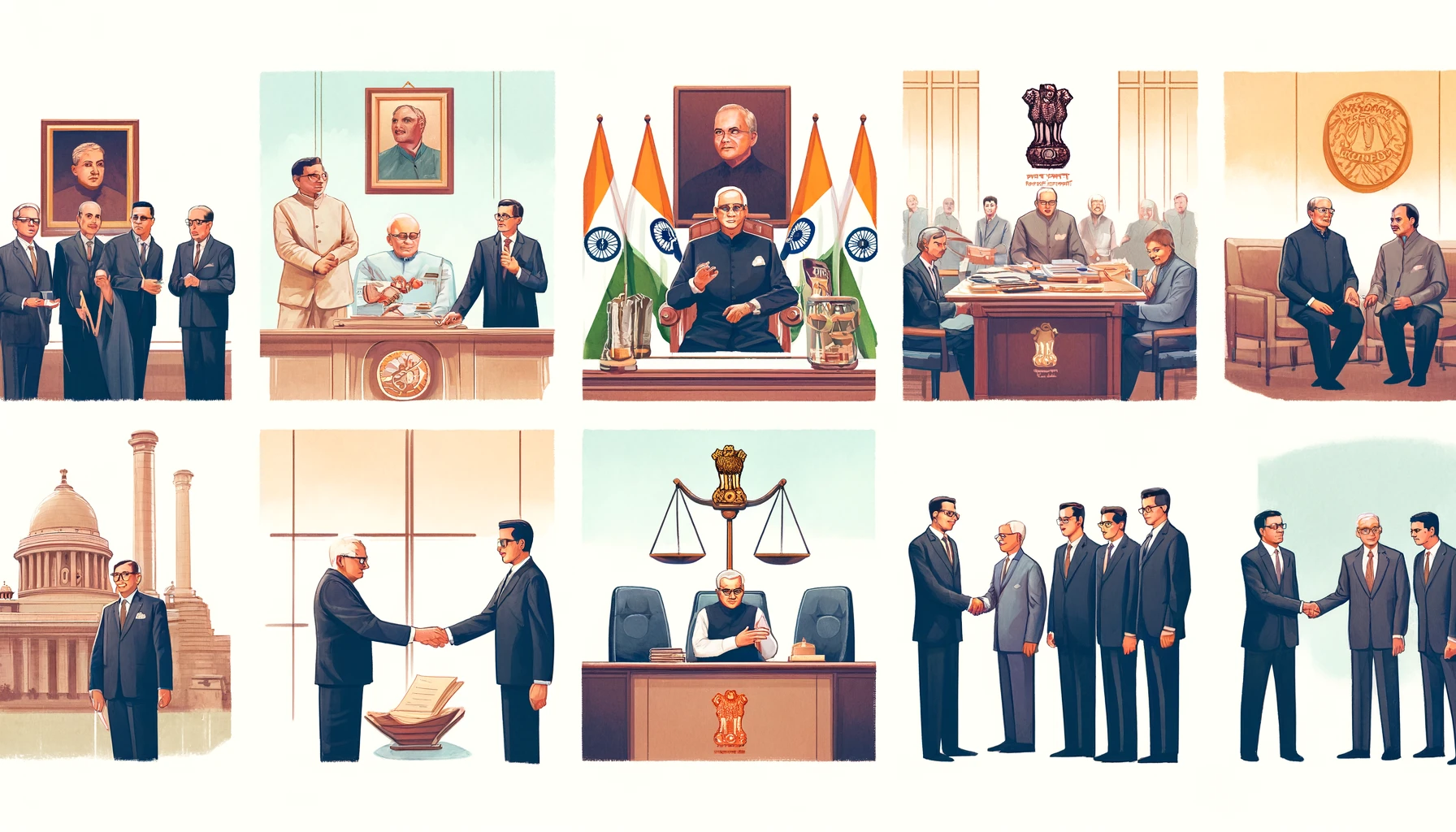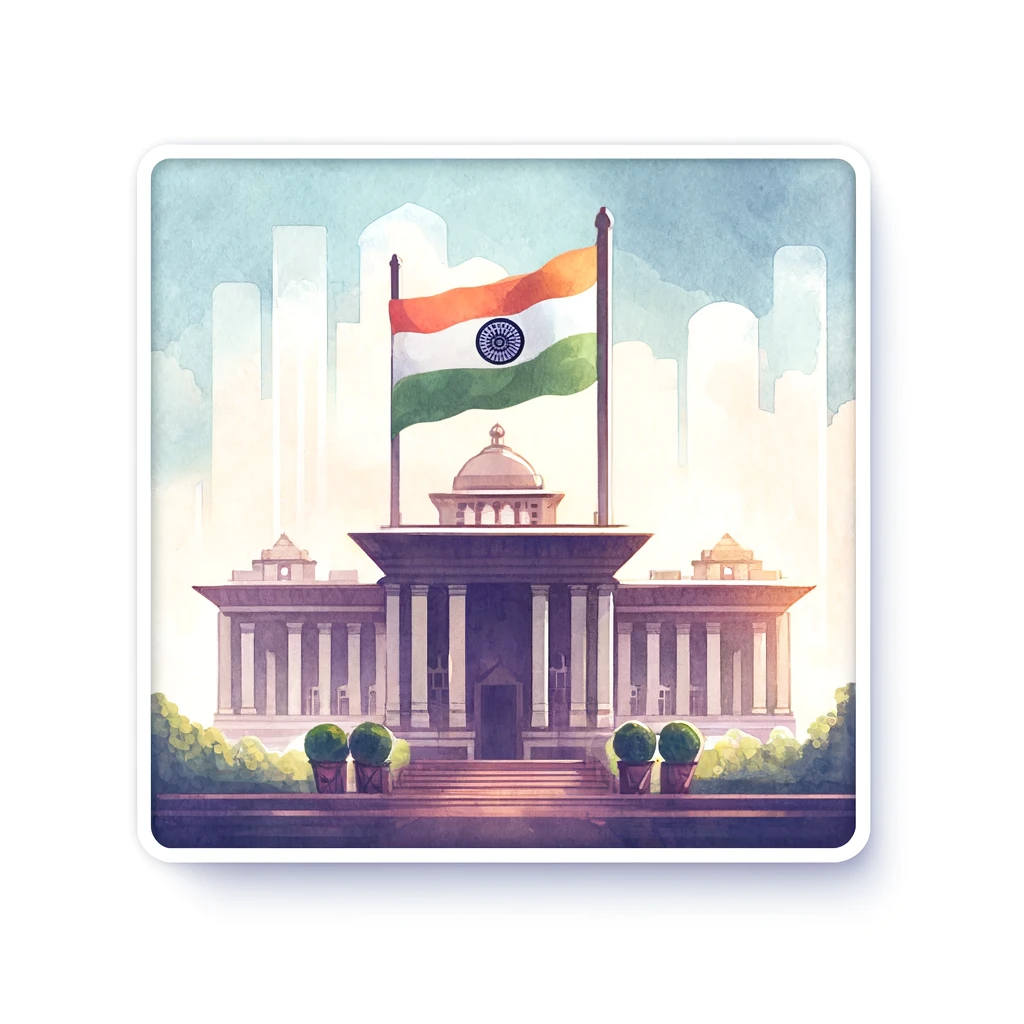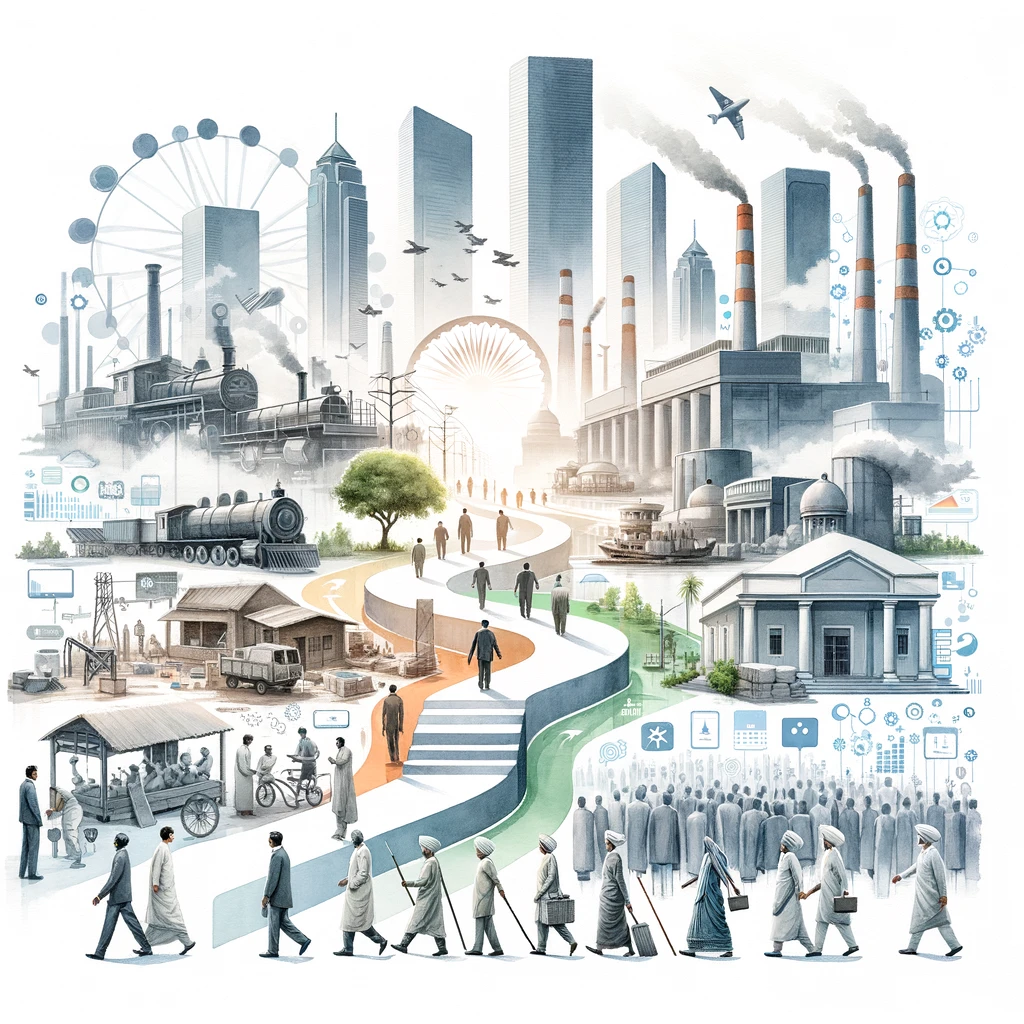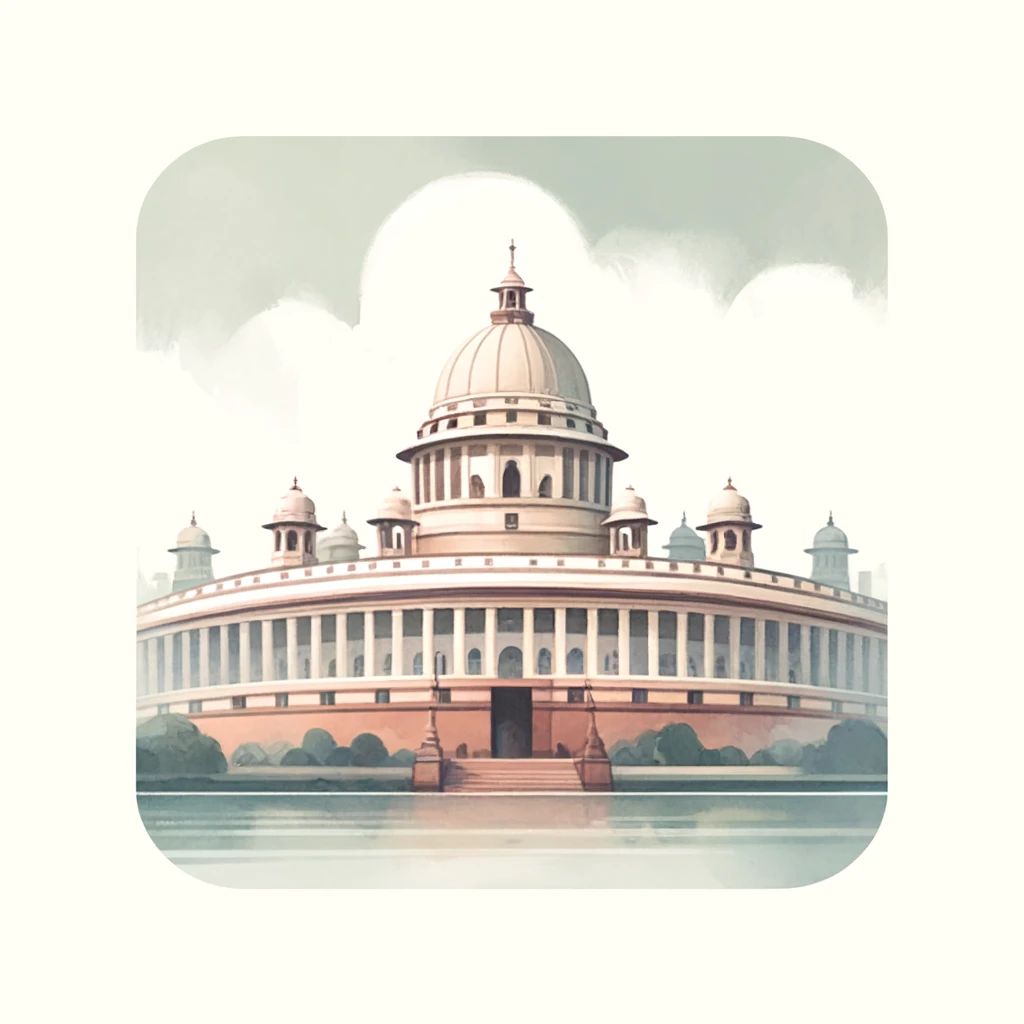Structure and Functioning of the Union Executive
The Union Executive is a crucial component of the Indian government, responsible for implementing and enforcing laws and policies. It comprises the President, the Vice-President, the Prime Minister, the Council of Ministers, and the Attorney General of India. This article delves into the structure and functioning of these key offices and their roles in the governance of the country.

1. The President of India: Role, Powers, and Functions
Introduction:
The President of India is the ceremonial head of state, representing the unity and integrity of the nation. The office of the President is established by Part V of the Indian Constitution, specifically under Articles 52 to 78.
Role and Powers:
- Executive Powers: The President appoints the Prime Minister and, on the Prime Minister’s advice, appoints the Council of Ministers. He/she also appoints key officials like the Governors of states, the Chief Justice and judges of the Supreme Court and High Courts, and the Attorney General of India.
- Legislative Powers: The President summons and prorogues Parliament and can dissolve the Lok Sabha. He/she can also address both houses of Parliament and has the power to nominate 12 members to the Rajya Sabha and 2 members of the Anglo-Indian community to the Lok Sabha.
- Judicial Powers: The President has the power to grant pardons, reprieves, respites, or remissions of punishment. This power is generally exercised in cases involving capital punishment.
- Financial Powers: No money bill can be introduced in Parliament without the President’s recommendation. The President also causes the annual budget to be laid before Parliament.
- Military Powers: The President is the Supreme Commander of the Armed Forces of India and appoints the chiefs of the Army, Navy, and Air Force.
- Diplomatic Powers: The President represents India in international forums, appoints ambassadors, and receives foreign dignitaries.

Functions:
- Acting as a ceremonial figurehead.
- Ensuring the smooth functioning of the executive branch of government.
- Upholding the Constitution and ensuring the rule of law.
2. Vice-President of India: Role and Functions in the Indian Polity
Introduction:
The Vice-President of India is the second-highest constitutional office in the country. The role of the Vice-President is defined under Articles 63 to 71 of the Indian Constitution.
Role and Functions:
- Chairperson of the Rajya Sabha: The Vice-President serves as the ex-officio Chairman of the Rajya Sabha, ensuring the smooth conduct of its proceedings. He/she does not have a vote in the Rajya Sabha except in the case of a tie.
- Acting President: In the event of the President’s death, resignation, removal, or incapacity, the Vice-President assumes the duties of the President until a new President is elected.
Functions:
- Presiding over the Rajya Sabha and maintaining decorum in its proceedings.
- Acting as a link between the executive and legislative branches of government.
- Stepping in as Acting President when necessary.
3. Prime Minister and Council of Ministers: Appointment, Powers, and Functions
Introduction:
The Prime Minister is the head of government in India and leads the executive branch. The Council of Ministers, headed by the Prime Minister, is the real executive authority in the country.
Appointment:
- The President appoints the Prime Minister, who is typically the leader of the party or coalition with a majority in the Lok Sabha.
- On the advice of the Prime Minister, the President appoints the other members of the Council of Ministers.
Powers and Functions:
- Policy Making: The Prime Minister and the Council of Ministers are responsible for formulating and implementing government policies.
- Administrative Control: They oversee the administration of various government departments and ensure their efficient functioning.
- Legislative Role: The Council of Ministers plays a crucial role in the legislative process, proposing bills and policies for parliamentary approval.
- Advisory Role: The Prime Minister advises the President on key appointments and other important matters of state.
4. Attorney General of India: Role and Responsibilities
Introduction:
The Attorney General of India is the chief legal advisor to the government and is appointed by the President under Article 76 of the Constitution.
Role and Responsibilities:
- Legal Advisor: Provides legal advice to the President and the government on various constitutional and legal matters.
- Court Representation: Represents the government in the Supreme Court and other courts where the government is a party.
- Parliamentary Duties: Can participate in the proceedings of both houses of Parliament but does not have the right to vote.
- Legal Opinions: Offers legal opinions on complex issues and helps the government in formulating legal strategies.
5. Emergency Provisions: Types and Implications
Introduction:
The Indian Constitution provides for the declaration of emergencies to ensure the country’s security and governance. These provisions are covered under Articles 352, 356, and 360.
Types of Emergencies:
- National Emergency (Article 352): Can be declared in the event of war, external aggression, or armed rebellion. It affects the fundamental rights of citizens and centralizes power with the Union government.
- President’s Rule (Article 356): Can be imposed if the President believes that the governance of a state cannot be carried out according to the provisions of the Constitution. The state government is dismissed, and the President directly administers the state.
- Financial Emergency (Article 360): Can be declared if the President believes that the financial stability or credit of India is threatened. During this period, financial powers of the state are curtailed, and all money bills passed by state legislatures need the President’s approval.
Implications:
- Centralization of power and authority.
- Suspension of certain fundamental rights.
- Increased executive control over legislative functions.
6. Relationship between the President and Prime Minister
Introduction:
The relationship between the President and the Prime Minister is pivotal in the functioning of the Indian government.
Dynamics:
- Advisory Role: The President acts on the advice of the Prime Minister and the Council of Ministers, making their relationship collaborative.
- Appointment Powers: The President appoints the Prime Minister and, on the latter’s advice, appoints other ministers.
- Ceremonial vs. Real Power: While the President is the ceremonial head of state, the Prime Minister is the real head of government, wielding executive powers.
- Checks and Balances: The President can seek information from the Prime Minister on government decisions, ensuring a system of checks and balances.
- Emergency Situations: The President acts on the advice of the Prime Minister during emergencies, but with significant discretion and responsibility.
Conclusion:
The Union Executive is central to India’s system of governance, with the President, Vice-President, Prime Minister, Council of Ministers, and Attorney General playing crucial roles. Understanding their powers, functions, and interrelationships is essential for comprehending the executive branch’s operation and its impact on the country’s administration. This knowledge is particularly pertinent for UPSC aspirants aiming to excel in the civil services examination.


